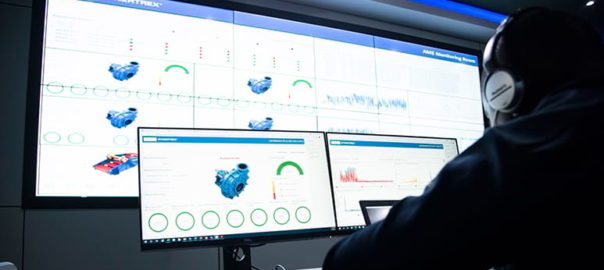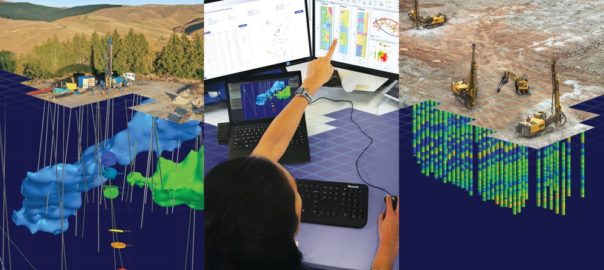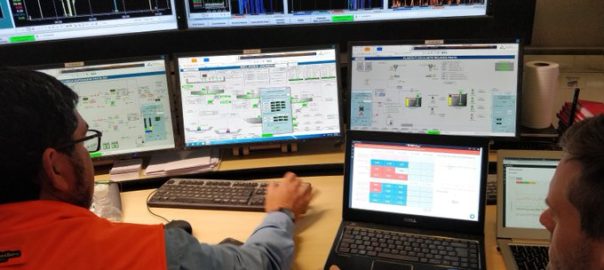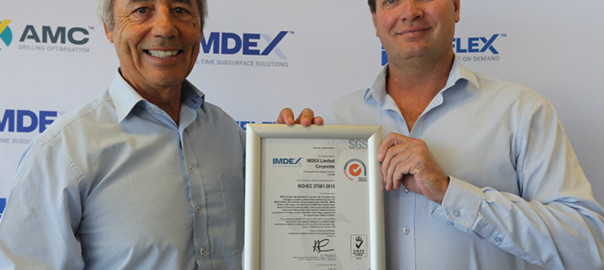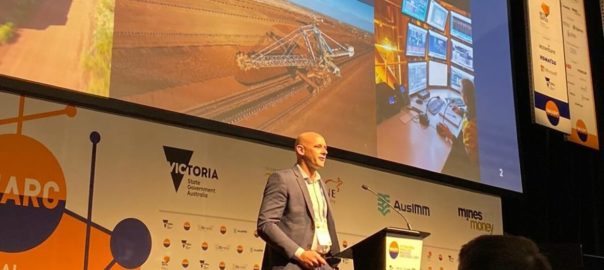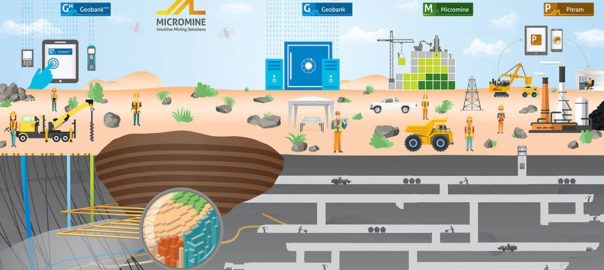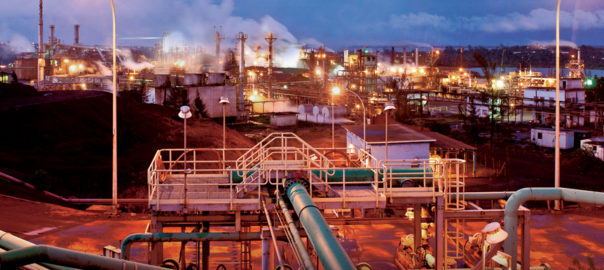Weir Minerals has signed a digital business framework with industrial software provider, AVEVA, with an aim to use the AVEVA PI System™ as the data foundation for the OEM’s Synertrex® digital ecosystem.
Weir Minerals intends to use the AVEVA PI System to collect, contextualise and analyse data streams wihtin the context of Synertrex, its advanced Industrial Internet of Things (IIoT) platform.
The objectives of the agreement include:
- Digitally enabling the mining industry by simplifying data access and data sharing with easy and secure on-premises or cloud integration between Weir Minerals and its customers;
- Establishing the data foundation for technologies, such as artificial intelligence, to optimise equipment and processes and thereby maximising sustainable performance; and
- Pioneering new and innovative digital solutions supporting our common customers digital transformation and adoption of intelligent solutions.
The use of AVEVA PI, along with AVEVA Data Hub, a cloud-native hub for aggregating and contextualising on-premises and remote data, will offer the mining industry a unique solution for securely connecting mining operators with Weir Minerals as an OEM, the company said.
The business model will provide a variety of flexible integration solutions – from on-premise to cloud – that will make it easier for miners to integrate with the Weir Minerals’ Synertrex digital ecosystem. It uses a secure and simplified approach to access and share real-time and historical operations data, according to the company.
These shared ecosystems will provide miners and Weir Minerals with full data transparency and an easy-to-access, real-time 360° view of all Synertrex-enabled equipment and processes. They will also be the basis of the further development of digital twins and predictive algorithms, which will provide decision makers with recommended actions and real-time decision support, Weir Minerals said. This will lead to less power and water consumption and extended equipment life.
Ole Knudsen, Weir Minerals, Director Digital, said: “The AVEVA PI System is an established industrial data management solution that is currently used by nine of the top ten Fortune 500 mining companies. The proven and secure PI System enables us to build a series of Asset Framework templates for our equipment, making it a secure yet simple plug and play exercise to connect our equipment to our customers’ digital ecosystems. This will enable the critical first steps of a structured and standardised data approach.
“With the addition of the new AVEVA Data Hub and Weir Minerals’ Synertrex solutions, we’re in a unique position as an OEM to offer our customers a real game-changing approach to a flexible data sharing strategy. This will be the foundation of our data and intelligence driven digital optimisation solutions; this is how Weir Minerals will transform and enable more sustainable mining operations.”
Rónán de Hooge, AVEVA’s Executive Vice President of Information Management, added: “We’re very excited to work with Weir Minerals to deliver mining operators smart analytics to drive industrial transformation. AVEVA’s ability to collect real-time performance data in any location and deliver it securely to the Synertrex platform will give operators new insight into the health of their assets and help them optimise maintenance and avoid costly downtime.
“AVEVA is deeply committed to providing industrial companies with an open platform that is their trusted system of record for industrial data. Our products help companies harvest diverse types of critical industrial data across their distributed environments, enrich it with contextual information, and make it easily available to the people, applications and tools that will deliver transformation and sustainability.”







